French melodies highlighted through an array of Balanchine classics.
While known for his loyalty to composers from his native Russia, Balanchine also displayed a deep affection for French music, as the dances in this program illustrate. The rarely seen Bourrée Fantasque, set to the music of Chabrier, includes romping comedy in the first movement and a blazing finale for the corps de ballet. Errante, originally titled Tzigane after the name of Ravel’s rhapsodic score and last revived for the 1993 Balanchine Celebration, returns in a staging by Suzanne Farrell, for whom it was choreographed in 1975. The evening also includes two disparate dances to Bizet scores: the animated pas de deux The Steadfast Tin Soldier, with its fairy-tale characters who spring to life, and Symphony in C, one of Balanchine’s most brilliant and cherished displays of the variety of classical style.
Balanchine had admired Chabrier's music since discovering it after leaving Russia during his early years in France. He knew well the pieces he would assemble into the score of Bourrée Fantasque, but waited a long time before he used them to create one of the first works for the newly-formed New York City Ballet.
Balanchine was well-known for his wonderful wit as well as an encyclopedic knowledge of dance forms. Here he takes comic aim at many of the conventions that typify the classical dance while providing glimpses of such popular dances such as the can-can and tango. This large ballet for 42 dancers is performed in four movements with each of the first three sections having its own principal couple and culminates in a rousing finale for the entire cast. Critics have cited Bourrée Fantasque for its Gallic style, Russian dance vocabulary and American dynamism.
Based on Hans Christian Andersen's charming fairytale, The Steadfast Tin Soldier finds bittersweet romance between a paper doll ballerina and a smitten toy soldier.
The Steadfast Tin Soldier, based loosely on a Hans Christian Andersen fairy tale, focuses on the wistful courtship and love between a tin soldier and a paper-doll ballerina. The work was commissioned by the Saratoga Performing Arts Center.
The present pas de deux stems from a 1955 collaboration in which Balanchine, Francisco Moncion, and Barbara Milberg choreographed all of Bizet's Jeux d'Enfants. Both the context and the woman's variation of The Steadfast Tin Soldier were derived from this earlier work. The soldier's variation was restaged for the new pas de deux.
Errante, this choreographic fantasy, begins with the sound of a plaintive violin that signals the beginning of the ballerina's five-minute solo. At its end, she is joined by her partner and four couples.
Originally titled Tzigane, after the name of Maurice Ravel’s rhapsodic score, this ballet will be revived for the first time in more than 30 years with a new name – Errante. Choreographed by Balanchine for the legendary ballerina Suzanne Farrell for the 1975 Ravel Festival, Farrell will return to NYCB during the 75th Anniversary Season to stage the work for a new generation of NYCB dancers.
A grand classical masterpiece, Symphony in C dazzles audiences with over 50 dancers covered in Swarovski elements and a spectacular finale uniting the entire cast.
Georges Bizet composed his Symphony in C Major when he was a 17-year-old pupil of Charles Gounod at the Paris Conservatory. The manuscript was lost for decades and was published only after it was discovered in the Conservatory’s library in 1933.
Balanchine first learned of the long-vanished score from Stravinsky. He required only two weeks to choreograph it as Le Palais de Cristal for the Paris Opera Ballet in 1947, where he was serving as a guest ballet master. When he revived the work the following year for New York City Ballet’s first program on October 11, 1948, he simplified the sets and costumes and changed the title. The ballet has remained a vital part of the Company’s repertory ever since.
For the 2012 Spring Season, new costumes for the ballet were designed by Marc Happel, NYCB’s Director of Costumes. The new designs were created in collaboration with Swarovski, and the production features costumes, as well as newly designed crowns, headpieces, and earrings, all created using Swarovski Elements.


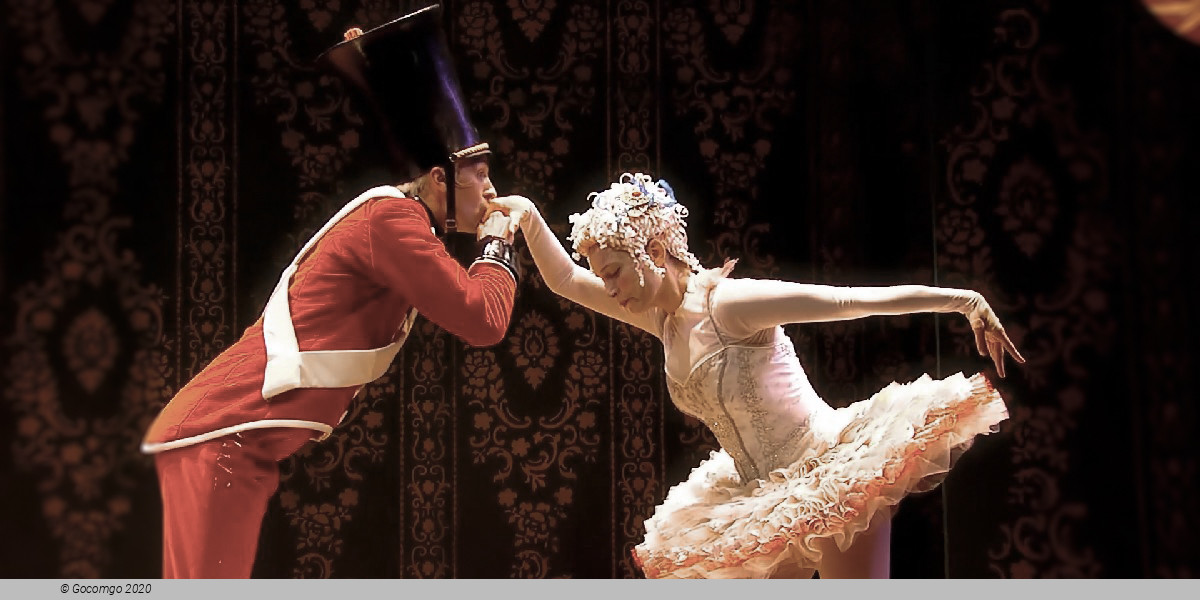
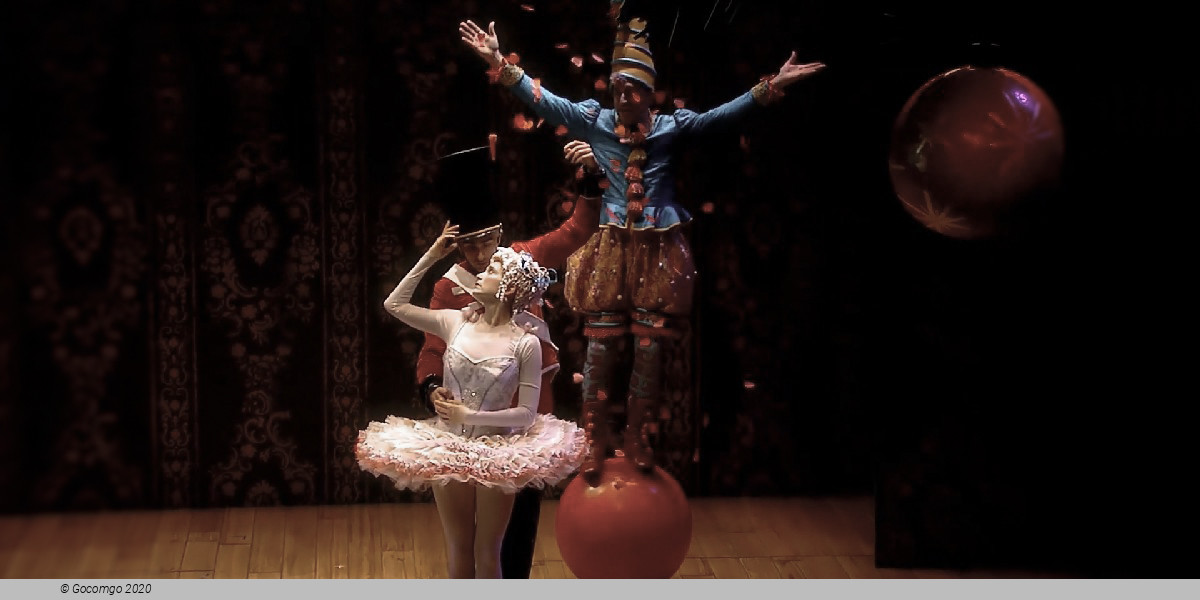
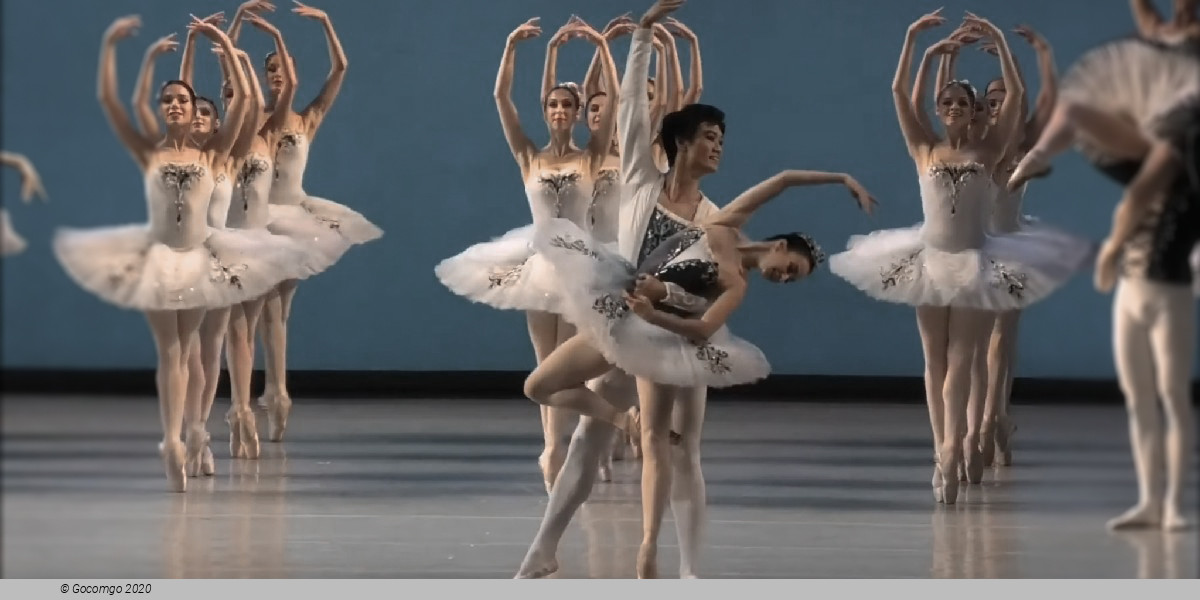
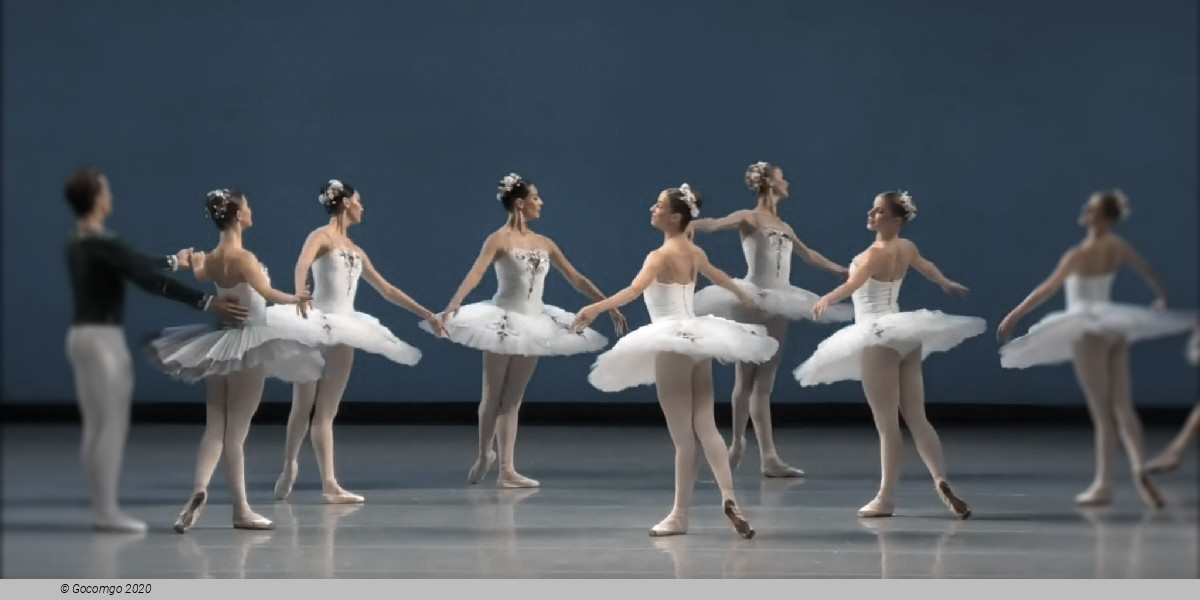
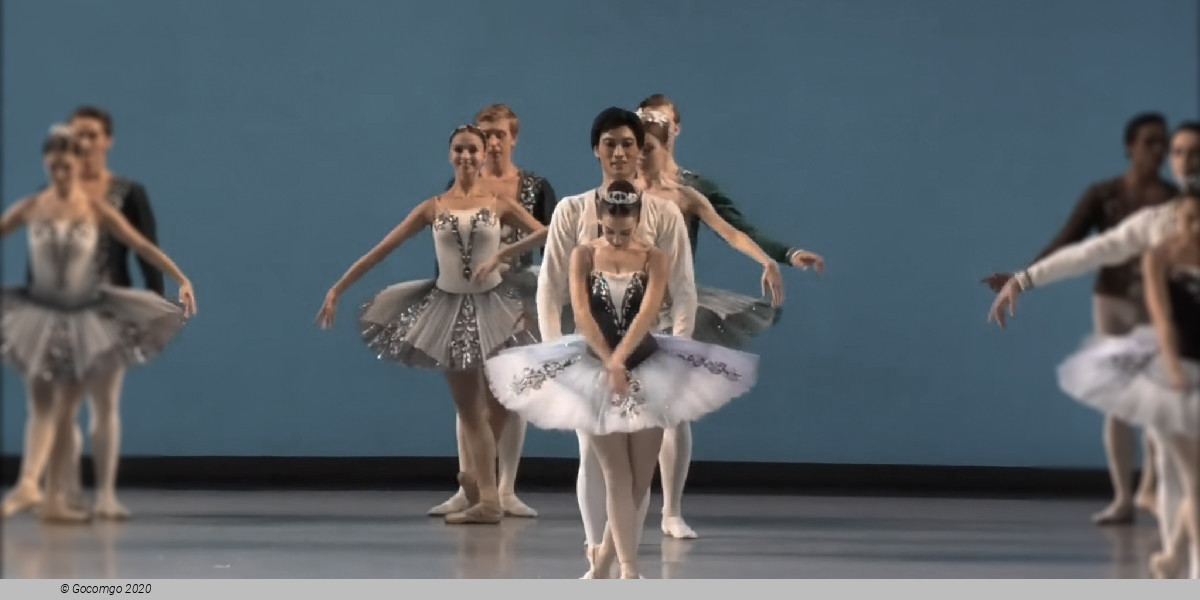
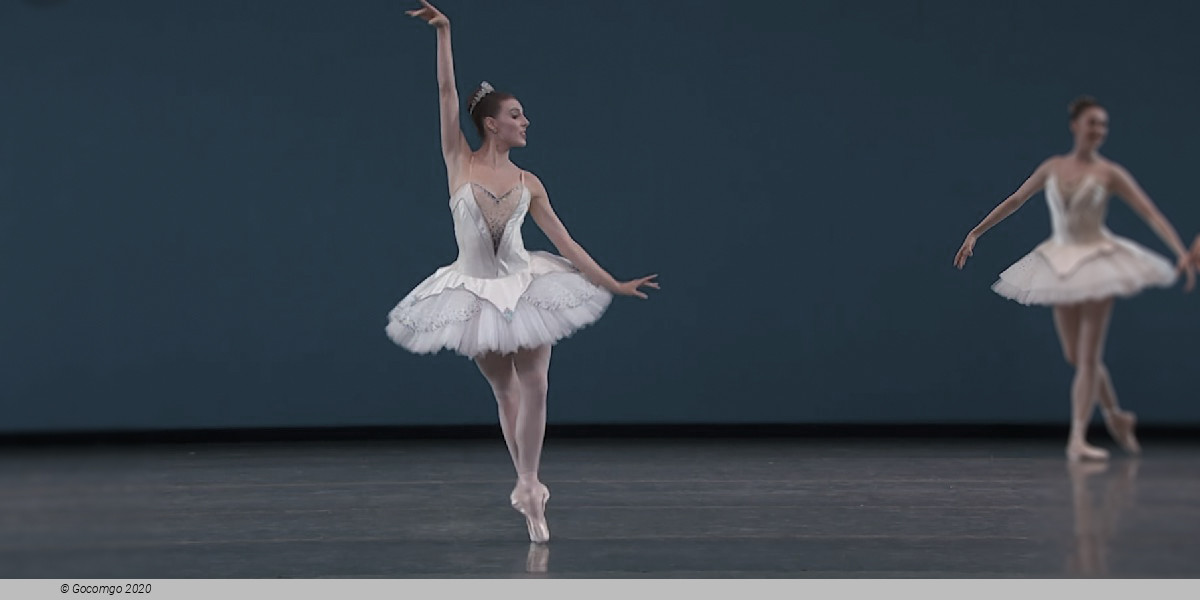
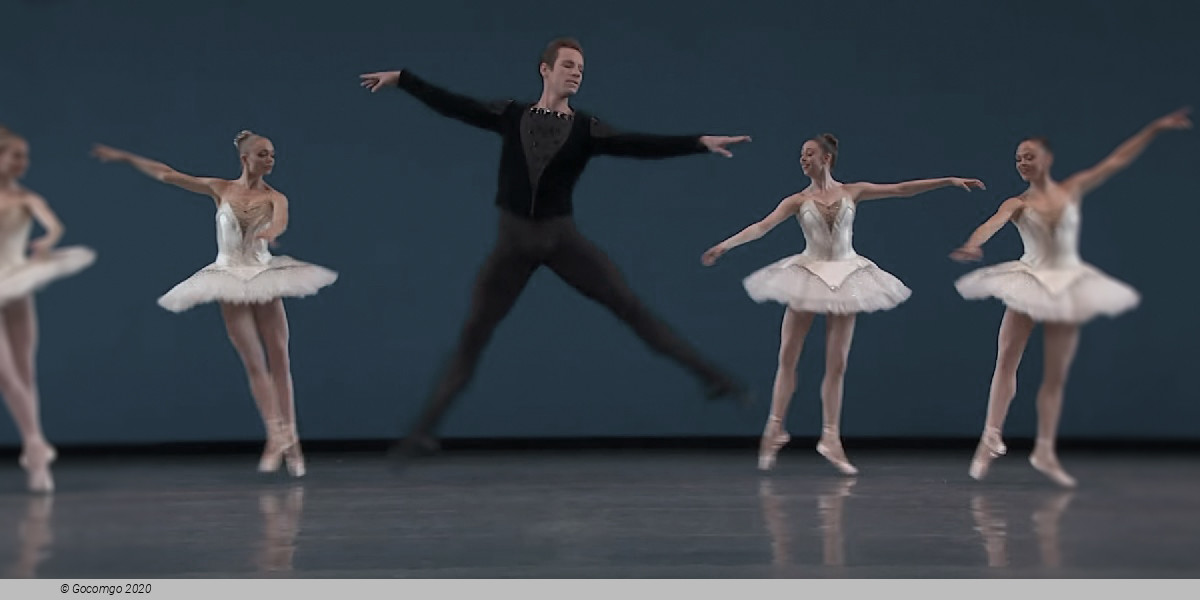
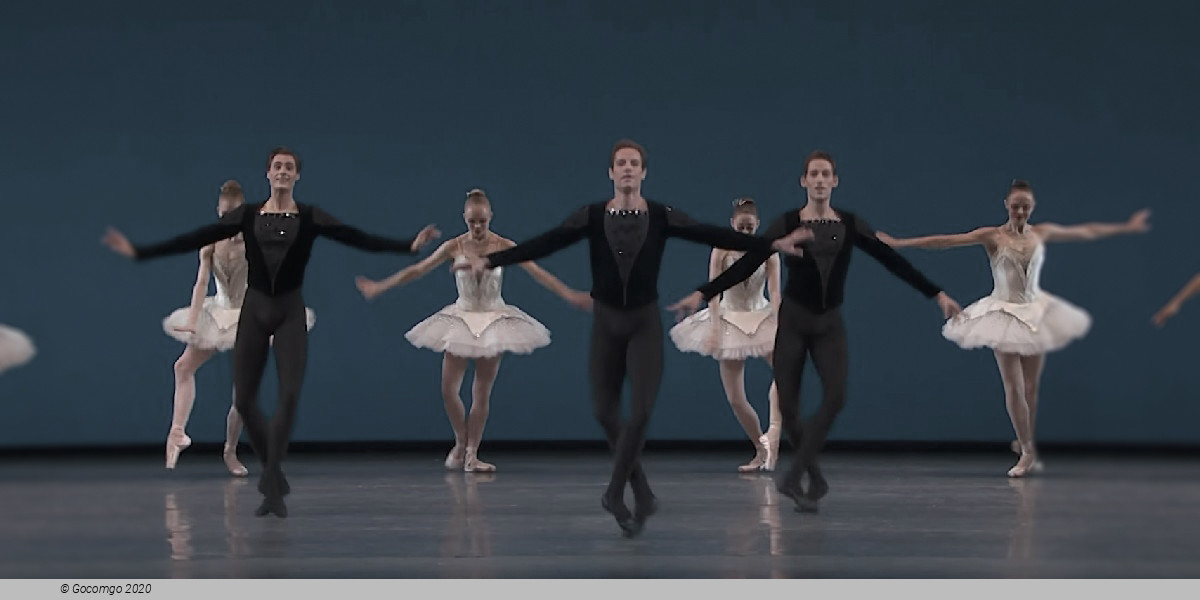
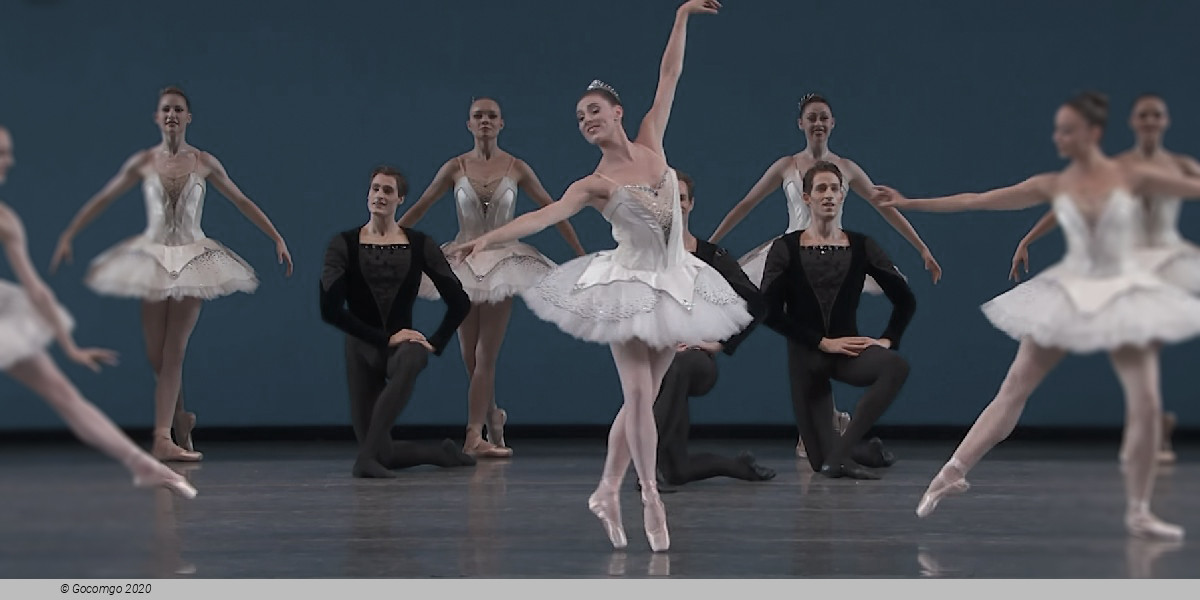
 20 Lincoln Center Plaza
20 Lincoln Center Plaza